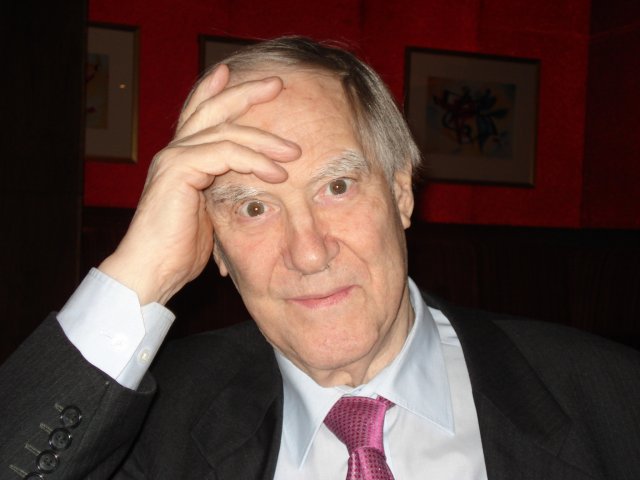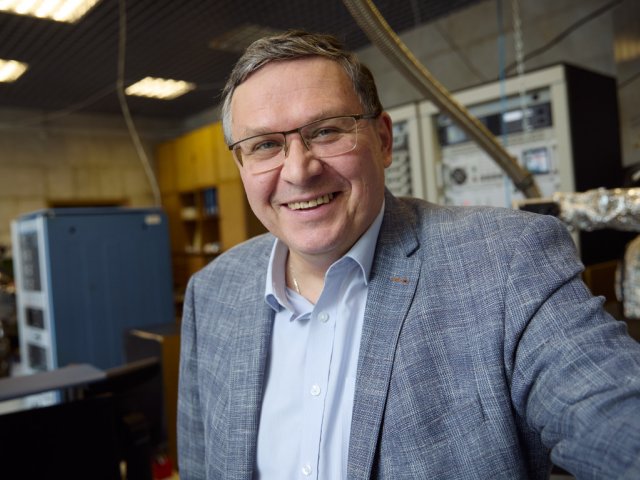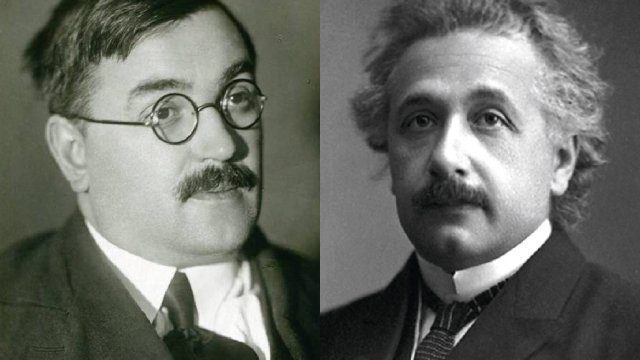Official
Luigi Galvani. September 9, 1737 – December 4, 1798. An Italian physician, anatomist, physiologist and physicist, one of the founders of electrophysiology and the doctrine of electricity, the founder of experimental electrophysiology.
Life and Work:
1. “For millennia, the cold-blooded tribe of frogs had been carelessly making its life path as the nature had outlined, knowing only one enemy, the stork, and perhaps suffering damage from gourmets who demanded sacrifices for themselves in the form of a pair of frog legs. But at the end of the century before last, the ill-fated age for frogs came... The frog became a physical instrument, placed itself at the disposal of science. Researchers cut off its head, rip off its skin, straighten its muscles and pierce its back with wire, but the frog still does not dare to go to the place of eternal rest; obeying the orders of physicists or physiologists, its nerves will become irritated and the muscles will contract until the last drop of ‘living water’ dries up. Luigi Galvani is the one to blame for that.”
2. The old technical encyclopedia that we have quoted is too strict about Luigi Galvani. The history of science is different: the Italian physician, anatomist, physiologist and physicist went down in history as one of the founders of electrophysiology and the doctrine of electricity, a scientist who laid the cornerstone in experimental electrophysiology.
3. Galvani was born in Bologna in September 1737 into the family of the goldsmith Domenico and his fourth wife Barbara. The family was not aristocratic, but gave their son a university education.
4. In his youth, he planned to take religious vows, but his parents persuaded him not to do so.
5. At the University of Bologna, Luigi Galvani studied medicine and philosophy. Shortly after graduation, he became a university anatomist and lecturer of surgery.
6. The newly minted researcher and lecturer married the daughter of one of his teachers, professor of medicine Carlo Galeazzi. Lucia Galeazzi Galvani is now also listed in encyclopedias as an Italian scientist, Luigi’s assistant in experiments, surgeon, obstetrician and editor of her husband’s medical texts.
7. Many years later, after the death of his father-in-law, Galvani took his department at the university.
8. Among the works of Galvani there are works on obstetrics, on the anatomy of birds, but none of the works brought him such fame as experiments with frogs.
9. Everything happened by accident. It was a blessing in disguise: Galvani’s wife was seriously ill and doctors prescribed frog soup for her. Legend has it, Galvani was butchering a freshly caught frog and accidentally touched the exposed nerve with a knife. Nearby was an electric machine sparking for some reason... In his Effects of Electricity on Muscular Motion treatise, Galvani described how the leg of a prepared frog twitched when it was touched with a scalpel.
10. Frogs did not help his sick wife, but contributed a lot to Galvani’s work: they brought him great fame among those who dreamed of immortality.
11. Great scientists did not take Galvani’s discovery seriously at first, and some of the biographers even assure that Galvani’s colleagues at the University of Bologna put a cap with bells on his head: they ridiculed him and dubbed him the “frog’s dancing master.”
12. The one who had the last laugh laughed well: Galvani’s work was continued and correctly explained by Alessandro Volta, and the name of Luigi Galvani remained forever in the history of science and in the name of a new power source, a galvanic cell, and a galvanometer, a meter of small electric currents.
13. Now Luigi Galvani is rightly considered the father of electrophysiology.
14. Luigi Galvani ended his life in his native Bologna, but in depression and poverty. He, like many of his colleagues at the university, refused to swear allegiance to the Cisalpine Republic founded by Napoleon in Northern Italy in 1797. All disloyal professors were dismissed from the university, which deprived them of all means of subsistence.
15. Today, you can see the carefully preserved house of Galvani in Bologna and pay tribute of respect to the monument in the square named after him in front of the palace where the university was once located.






















